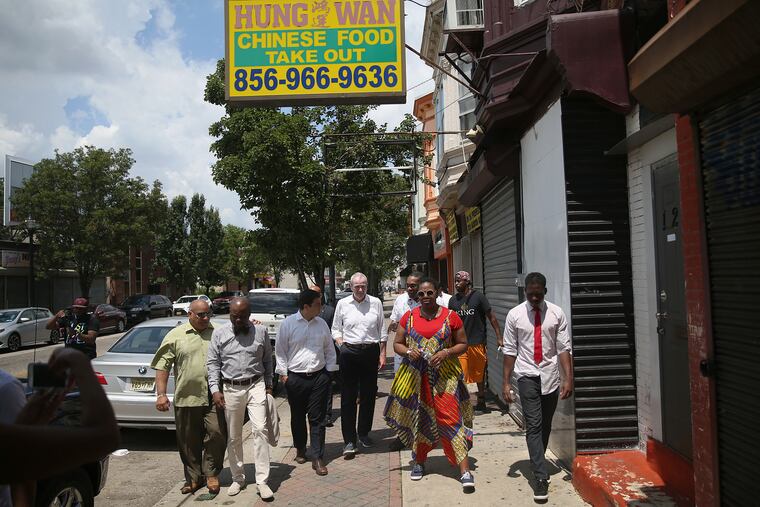The number of low-income children served after-school food in New Jersey is rising
Beyond programs providing school breakfast and lunch, after-school eating is considered “our next frontier,” one anti-hunger advocate said.

As part of an unending campaign to battle childhood hunger, federally funded programs that provide after-school suppers and snacks are apparently succeeding in New Jersey.
Between 2016 and March of this year, the number of children ages 18 and younger throughout the state who were served after-school snacks or suppers rose 21%, to an average of 70,000 per day, according to a report being released Thursday by Hunger Free New Jersey, a Bergen County-based nonprofit.
The after-school food is served at schools, community organizations, and faith-based sites.
“This is incredible progress, and means that many more children are receiving this important afternoon and evening nutrition, helping to combat childhood hunger,” said the organization’s director, Adele LaTourette. “But we have a lot more work to do.”
Although both the after-school snack and supper programs have been in existence since 2010 in New Jersey, not everyone knows about them, said Nancy Parello, communications director for Hunger Free New Jersey.
“It sounds crazy, but it’s all considered relatively new,” she added.
Beyond programs providing school breakfast and lunch, after-school eating is considered “our next frontier,” Parello said.
“It really benefits kids who’d normally go home to an empty table,” she said. “This fills the gap and helps children with health and academics.”
Typically, snacks or suppers are served from 3 to 5 p.m. on school days. Snacks include fruit, vegetables, and yogurt. Suppers are often hot meals, such as lasagna or meat loaf.
Places that serve after-school foods in the area include the Boys and Girls Clubs of Gloucester County, focusing on Paulsboro and Glassboro; the Camden School District; and the Food Bank of South Jersey Inc., which serves numerous communities, including Clementon, Willingboro, Penns Grove, and Woodbury.
The food is either delivered from a vendor or prepared at the service site, Parello said.
Despite the relative success of after-school feeding, New Jersey falls short of its goals.
Just 6% of children who receive free or reduced-price school lunches — a status that qualifies kids for after-school meals — take advantage of the programs, according to the Hunger Free New Jersey report.
That’s leaving money on the table, officials said. If 15% of children who eat free or reduced price school lunches availed themselves of after-school food, the state could collect an additional $19.9 million in federal dollars to feed children, the report found.
“It is crucial that communities work together to tap into this and other federal nutrition programs,” said Cecilia Zalkind, president and CEO of Advocates for Children of New Jersey, a child-advocacy nonprofit in Newark. “We know that poor nutrition leads to poor outcomes for kids.”
After-school supper programs are funded through the federal Child and Adult Care Food Program (CACFP). The after-school snack program is funded both by CACFP and the federal National School Lunch Program.
Nationwide, after-school feeding “is really catching on,” said Crystal FitzSimons, director of school programs for the Food Research and Action Center (FRAC), the nation’s leading antihunger lobbying group, based in Washington.
Still, she added, it takes time to grow the programs. Expansion is not only hindered by ignorance that meals are available, but also by a dearth of after-school venues that could serve the food. “There just aren’t enough after-school programs,” FitzSimons added.
FRAC published a report last year that looked at 2017 data, which showed that average daily participation in after-school supper programming only (not including snacks) was about 20,000 children in New Jersey and nearly 27,000 in Pennsylvania.
The New Jersey Department of Agriculture administers the programs, which are funded by the U.S. Department of Agriculture.